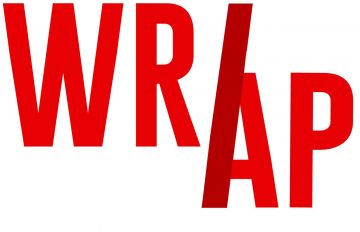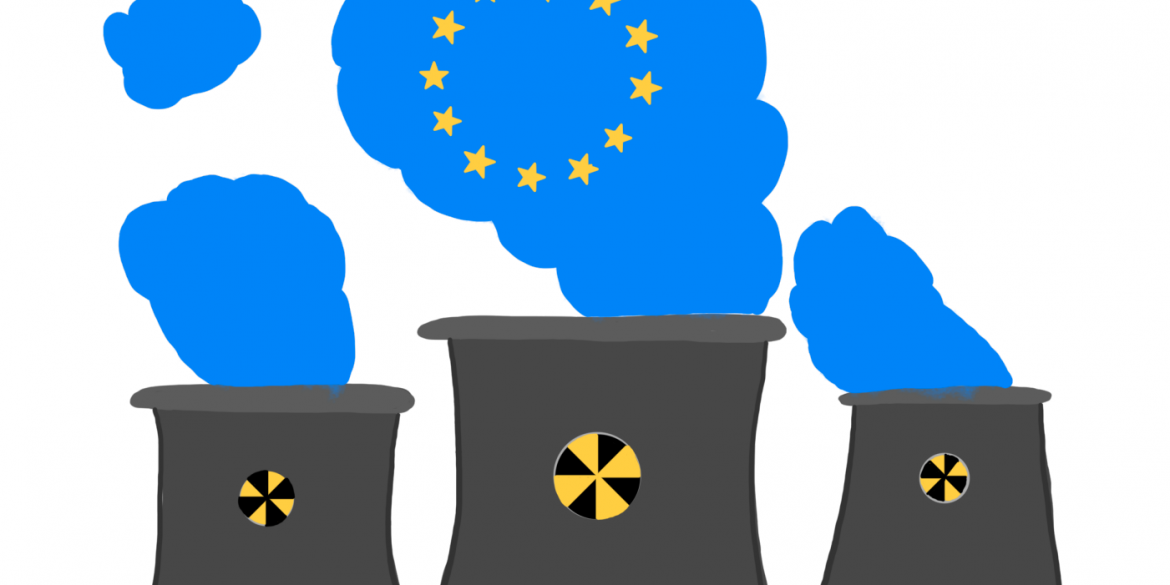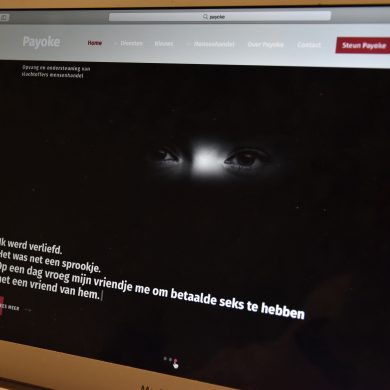After the corona crisis, Europe faces new challenges concerning the energy crisis. Europe’s sanctions against Russia because of the war in Ukraine have forced countries to seek other sources of energy instead of Russian gas. Several countries are betting on nuclear power again, but does Europe, in the future, need to rely on nuclear energy to secure European energy supply?
Nuclear power is on the rise again. Several European member states such as Finland, the Netherlands, Slovakia, France and Hungary have plans to build new nuclear power plants. Other countries such as Belgium and Germany, among others, are in the midst of a nuclear exit. They decided to go through, despite the division within the countries, with the nuclear exit. They consider their nuclear plants as outdated, unreliable and too expensive.
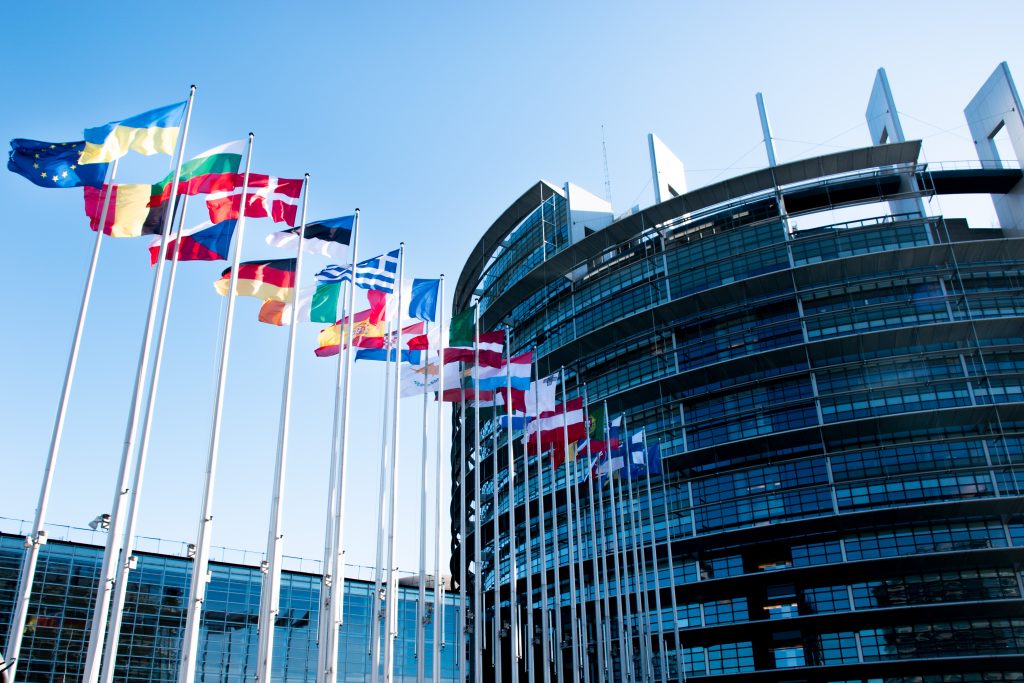
Because the siting of nuclear power plants is a matter that crosses national borders, nuclear energy divides the European opinion. A poll in the European Parliament confirms that there are two clear camps opposed to each other: supporters and opponents.
Driven by fear
Expert on European politics Rob Heirbaut notices that nuclear energy remains a sensitive topic in Europe. “You have two camps. One says nuclear power should go, the other says just the opposite. How are you going to find a golden mean in that, that makes the two satisfied?”, Heirbaut wonders. “The opponents are sometimes very radical, but the supporters sometimes take it too easily. There is a lot of uncertainty in the nuclear power story. The number of accidents is very small, but just one has to happen and it’s a disaster.”
The fear of a nuclear disaster ensures that Austria and Luxembourg have been and remain fierce opponents of nuclear power. The possibility of nuclear disasters have long been used in anti-nuclear standpoints. This started after the Chernobyl nuclear disaster. On the 26th of April 1986, a RBMK-reactor in Ukraine exploded and caught fire, spewing literal tons of uranium into the atmosphere. Wreaking havoc and death to human, animal and plant life, the Chernobyl incident was one of the worst nuclear disasters in history. Although this historic event is seared in everyone’s mind, Eastern Europe is still, mildly put, reluctant to turn from nuclear energy in favor of renewable alternatives. The biggest reason for that reluctancy seems to be the fact that nuclear safety has improved a great deal since, and some even say because of, the Chernobyl accident.
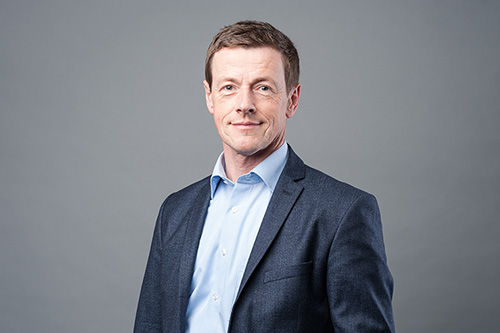
“The number of accidents is very small, but just one has to happen and it is a disaster”
Rob Heirbaut, expert on European politics
From better precautions and safety measures, safer technology in general to better trained operators and the fact that most modern reactors now use water as a moderator instead of graphite. These are some of the reasons the looming memory of Chernobyl does not seem to stand in the way of accepting or even broadening the use of nuclear energy in Eastern European countries.
Another factor that has to be mentioned are the foreign stakeholders who see Europe, and more specifically Eastern Europe, as a market for nuclear energy and its associated technology needed to generate electricity. In an article of Euractiv in 2021, journalist Frédéric Simon insinuate that the United States energy Secretary, Jennifer Granholm, has relaunched the heavily U.S. funded Partnership for Transatlantic Energy and Climate Cooperation (P-TECC), devoted to bring clean energy to central and eastern Europe (in the form of nuclear as fundamental energy, but also alternatives like solar and wind). In short, the United States has taken an interest and has a lot to gain from Eastern Europe holding on to nuclear power.
Technology as a golden mean
Kathleen Van Brempt, MEP for the Social Democrat group, is opposed to nuclear energy because of the nuclear waste and danger. Yet Van Brempt is convinced that technology can bring change, so that nuclear power can be part of the climate-neutral energy mix of the future.
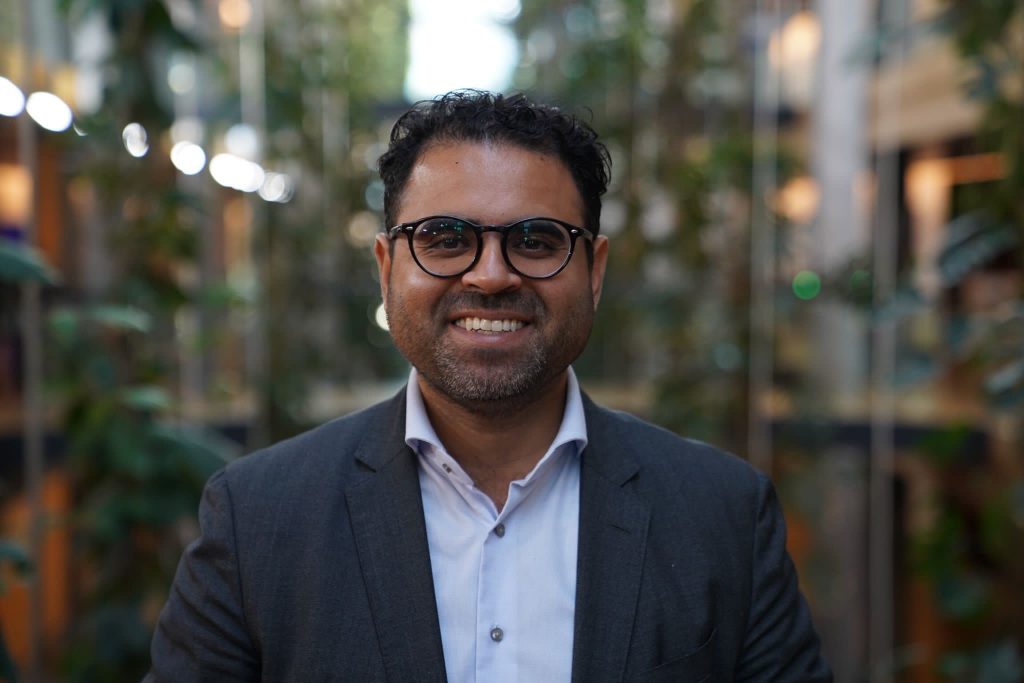
“It’s a technology that people have been talking about for ages, but it’s not ready”
Mohammed Chahim, MEP for the Social Democratic Group
In 2000, The Generation IV International Forum was created by the United States Department of Energy. Their task is to develop the designs of the new generation nuclear reactors and to make them available by 2030. These six Generation IV reactors are divided into two reactor types: thermal and fast reactors. The most developed advanced technology at the moment is that of the sodium fast reactor. Next to the sodium fast reactor is the molten salt reactor, a thermal reactor, and is considered as having the greatest inherent safety of all reactors.
These reactors can give solutions for the current energy challenges. The reactors that are now in use are Generation II, so the use of these Generation IV reactors can be the upgrade that the world needs. According to professor Nuclear energy and technology, and teamleader at TRACTEBEL for the neutronics and tools section, Matthias Vanderhaeghen, we are already more advanced in the development of the new generation IV reactors.
Generation IV reactors could be a compromise for supporters and opponents of nuclear power. Mohammed Chahim, MEP for the Social Democratic Group is enthusiastic, but also cautious. “I know the technology. One of the major benefits is that you don’t have any nuclear waste. It’s a technology that people have been talking about for ages, but it’s not ready.”
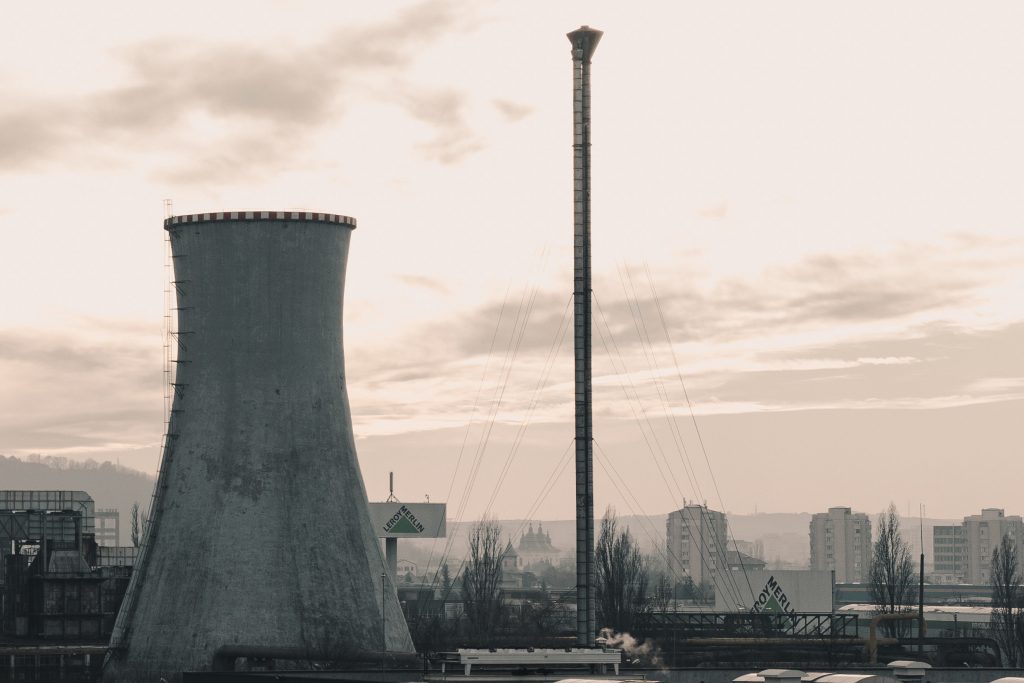
Small Modular Reactors are also seen as the nuclear technology of the future. These reactors can be built much faster and at a lower cost. In addition, they produce carbon-free energy such as electricity, heat and hydrogen. Engineers are currently designing Small Modular Reactors that can recycle nuclear waste from existing nuclear power plants and use it as fuel. Expert on European politics Rob Heirbaut, who has delved into the matter due to the European energy crisis, sees the possibilities but is also sceptical. “Those small nuclear reactors could get opponents through the same door. They have the advantage that you can turn them on and off more easily and they create less waste, but first see if it ever gets beyond a powerpoint presentation.”
An European energy grid
Technology could improve nuclear power in the future, but we shouldn’t expect unanimity in this matter. Safety will never be fully guaranteed. The danger, especially with the war in Ukraine, will never be over. The duration and cost of nuclear power plants will remain a stumbling block. Following the opinion of certain members of the European parliament, Europe should look for other solutions. One possible option is to bet on renewable energy. “Most countries have now seen the light around renewable energy. With current electricity prices, it is an investment that pays for itself in no time. In France, from 1 July 2023, all large car parks must be covered with solar panels. That would already generate as much energy as 1 nuclear power plant,” argues Heirbaut.
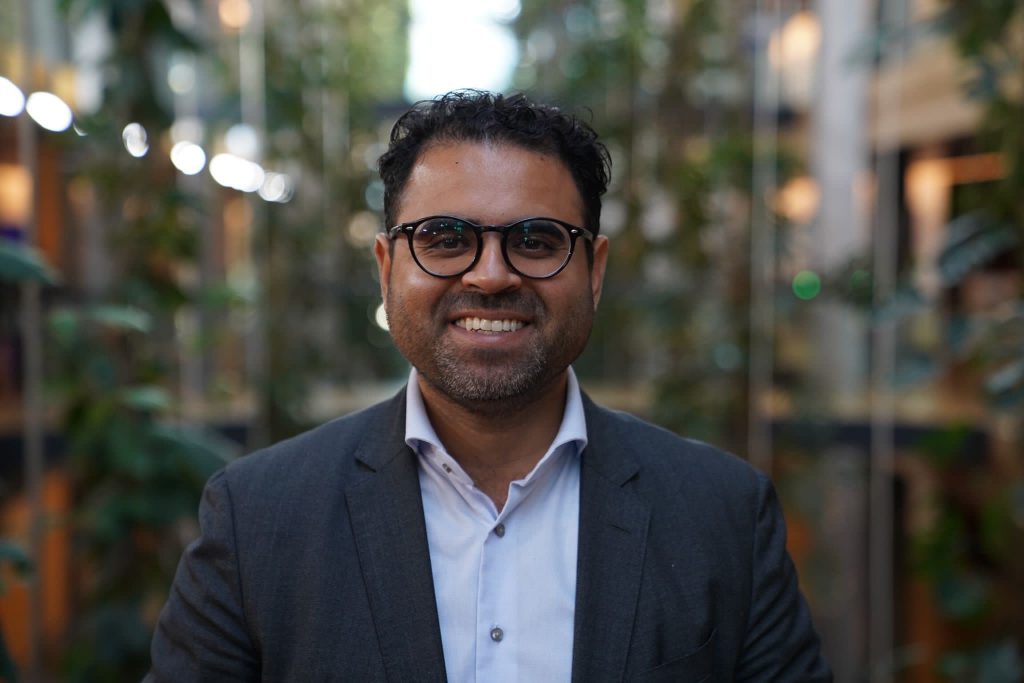
“We don’t have to unify the energy mix of each member state, we need energy together”
Mohammed Chahim, MEP for the Social Democratic Group
“Renewable energy, such as solar and wind power, is not possible for every country. If you provide enough interconnection, then energy can be distributed and shared, providing a good system. That is also technology, steering supply and demand. “So the country’s location determines whether it is interesting for a country to bet on renewable energy. Therefore S&D’s MEP Mohammed Chahim is an advocate of interconnection. “If we improve interconnection between member states by connecting them more, we can let solar energy from Spain, for example, flow through to other countries. The same idea applies to wind energy. That way, we don’t have to unify the energy mix of each member state, because one plan from each member state doesn’t work. We need energy together.”
Chahim sees it even broader. “We also need to cooperate with countries outside the European Union. We need to be climate neutral by 2050, so we need to reduce our CO2 emissions. More than we do now, we need to focus on renewable energy production and energy imports. We should look for cooperation with countries around the world.”
